Boston Consulting Group (BCG)
Visions of an urban future : Redefining the Value of Distance and Density
Roppongi Academyhills Auditorium
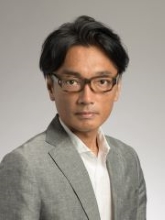
Boston Consulting Group (BCG)


The University of Tokyo
(Project Professor, Vice Chair of Center for Interspace) /
noiz / gluon
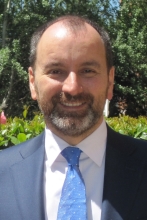
London School of Economics and Political Science
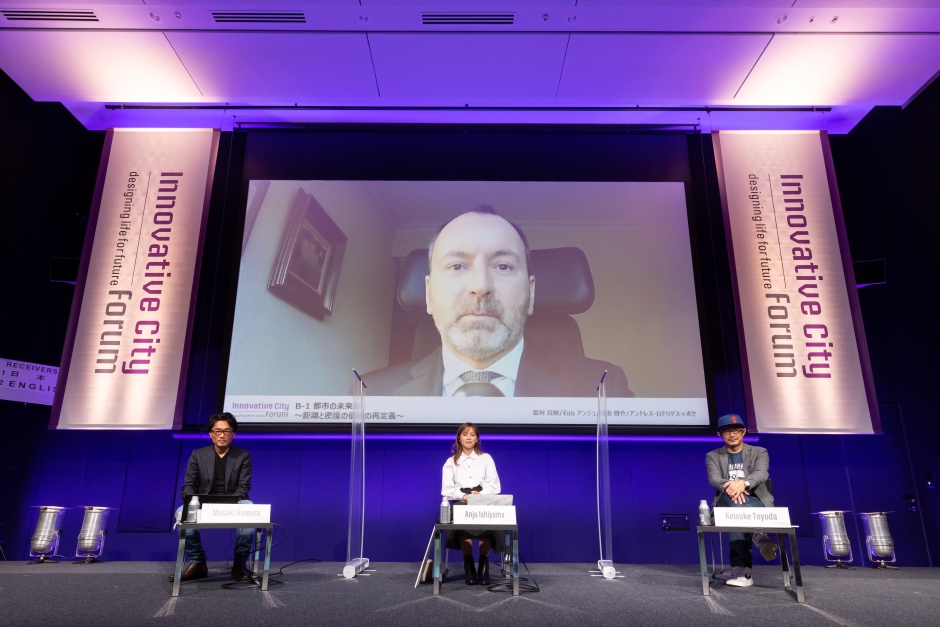
The Innovative City Forum 2021, held on November 25, 2021, under the sub-theme "Redefining the Value of Distance and Density”, ICF2021 Session B1 "Visions of An Urban Future" explores the changes brought about by the COVID-19 pandemic. In particular, how the value created by distance and density in cities is being redefined. We discussed the image of cities in the post-corona era from a wide range of perspectives, including architecture, science, and art.
Introduction to the "Visions of an Urban Future" session
Masaki Hamura
Throughout history, cities have experienced various pandemics which have affected the urban structure and the activities of the people living there. The Spanish flu, which killed around 50 million people, had a significant impact on urban planning. Many things that are now commonplace, such as modern urban planning, the concept of zoning, improving urban sanitation, installing green spaces, and ensuring indoor lighting in buildings, stem from the experience of the Spanish flu. In the same period, mass media such as radio, magazines, and newspapers became popular and telephone shopping became widespread. This allowed people to shop over the phone without leaving their homes.
These trends did not occur suddenly with the pandemic; they were already emerging and were accelerated and brought into focus by the effects of the pandemic. For example, the Spanish flu led to the increased use of private cars for leisure activities in the U.S, and the rise of media formats that could be enjoyed alone such as novels and gramophones. In Japan, the Spanish flu triggered events in the Taisho Democracy. Movements which had occurred before the pandemic but had lost momentum were renewed, especially among the working classes. With the COVID-19 pandemic, we are seeing a similar pattern to the Spanish flu, but this time with the evolution of technology in the city.
Going back to before COVID-19, humanity has been shifting from a traditional centralized society to one based on decentralized hyperconnectivity since the beginning of the 21st century. TIME magazine selected "You" as its Person of the Year for 2006, establishing a societal trend that values each and every individual. Each of us now has a computer in our pocket. Recently, the metaverse has been attracting attention as Facebook has changed its name to Meta. This decentralized hyperconnectivity has given rise to economic spaces such as the sharing economy and the valuation economy.
What is important in the relationship between the urban and the digital is that, as described in the book "After Digital," we used to go back and forth between the digital and the real worlds but now the two are merging. It is interesting that people do not feel uncomfortable about this. Such a tectonic shift took place with the COVID-19 pandemic. With this in mind, we would like to think about what the "Visions of an Urban Future" will look like along with the keywords that the speakers will present.
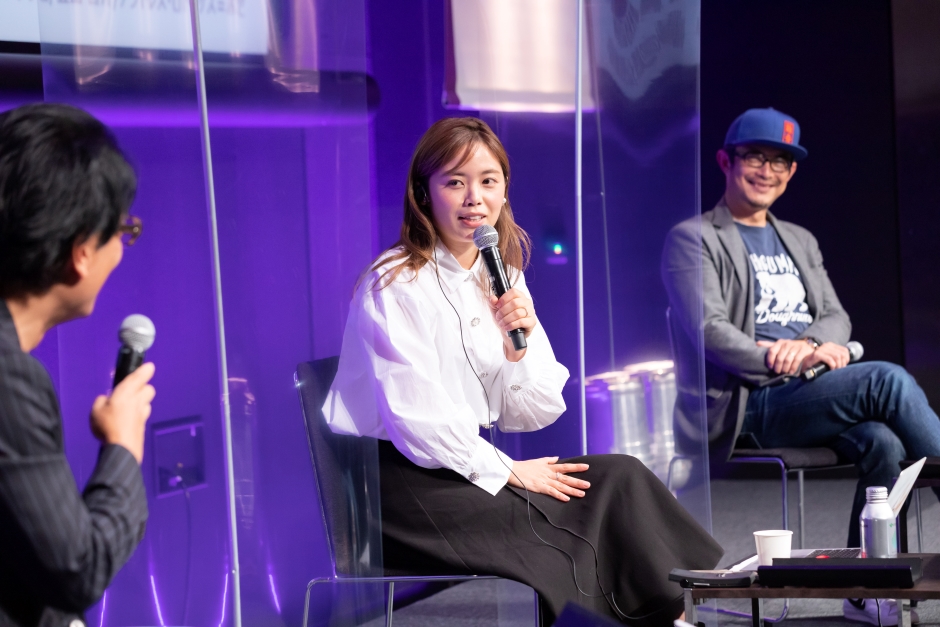
"Harmonizing Commons"
Anju Ishiyama
Data, nature, and everything else are connected and fused together. A sense of symbiosis, the "Commons", is therefore important. Cities will need not only to share, but to harmonize and cohabitate as a whole.
In thinking about the future of cities, it is important to note that the values of affluence and what is required in the city are changing. Society has shifted from one of growth to one of coexistence with risk. It is necessary to create value while resources are finite. In this context, sharing experiences rather than owning something is becoming more and more important as a standard of wealth. In terms of working in cities, I believe that having multiple smaller options will lead to a richer way of working and living, rather than working for a large corporation in a skyscraper. In a society where one's assets are influenced by to the global economy, a reliable personal asset is not money, but connections with people and community. I believe that such social capital will become more important.
There has been a change in what people want from their cities and communities. Rather than building new department stores and buildings, more and more people are becoming attracted to the things and people that are already there and the history that has been passed down through the generations. I live half the month in a 100-year-old house that I rent through a vacant housing bank. I feel enriched by the freedoms I have there that are not found in Tokyo apartments, such as how I can paint the walls instead of being worried about even sticking thumbtacks in them. I believe that with the expansion of the sharing economy, we are entering an era in which people of all walks of life will be able to live this dual-location lifestyle seamlessly.
Returning to my keyword "Harmonizing Commons," I think modern cities have been led by corporations and governments, and citizens have been trapped in being consumers of their services. When such services and infrastructures came to a halt after the Great East Japan Earthquake, I became acutely aware of the vulnerability of the position of a consumer. To create a sustainable city, it will be important to create platforms and opportunities for citizens to participate.
On the other hand, there are reasons why civic engagement is difficult. Families and companies have been changing, making it harder for people to build social capital. There is also the fact that, compared to the past, there is no longer a necessity to live together. People can now live alone as long as they have money. However, more than anything else, I believe that the sense of being a consumer citizen hinders the development of civic pride and hinders civic participation.
So how can we create a Commons-like society? The key is how to foster a sense of symbiosis. In a capitalist society, cities are based on the premise of the individual, and the self and others are basically separated from each other. This is a problem. I believe it is important to develop a sense of symbiosis through an awareness of wholeness. This concept has existed in Japan since ancient times. Put succinctly, "you and I are already connected”.
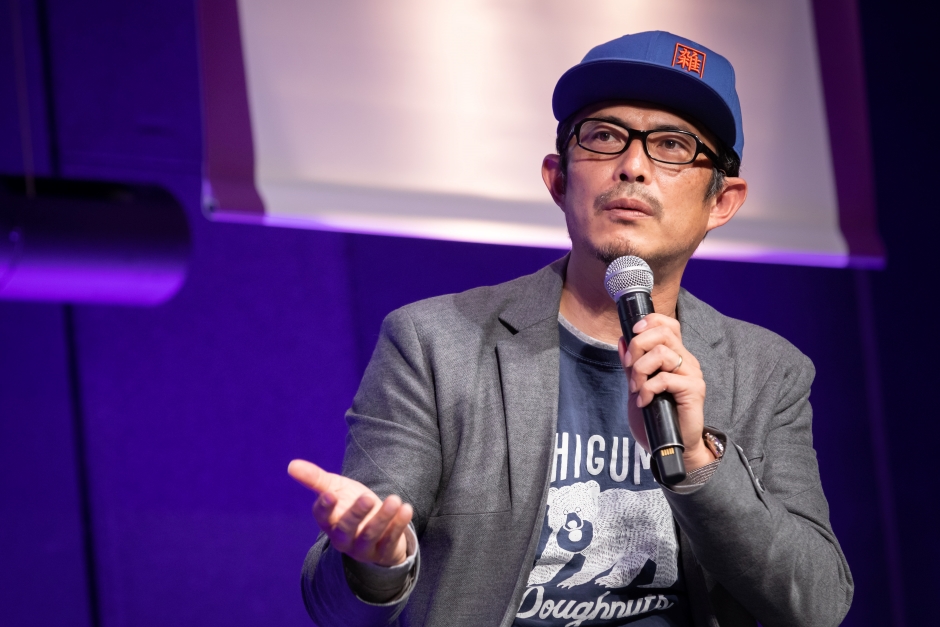
“Quantization”
Keisuke Toyoda
Quantum mechanics was first introduced about a century ago. Today we are in a state where our personal affiliations and identities are quantized and exist in various places like a wave. For example, the rise of remote working patterns means that people can attend or go to work without having to move their body to the office.
Modern society has had to accept that people can be participating in another place without physically moving their own body. The challenge is how to make this not a negative thing, but a positive one which expands choices. When we think about how we value things, places, and physicality, the question of "where is that value to be found?” is an important issue.
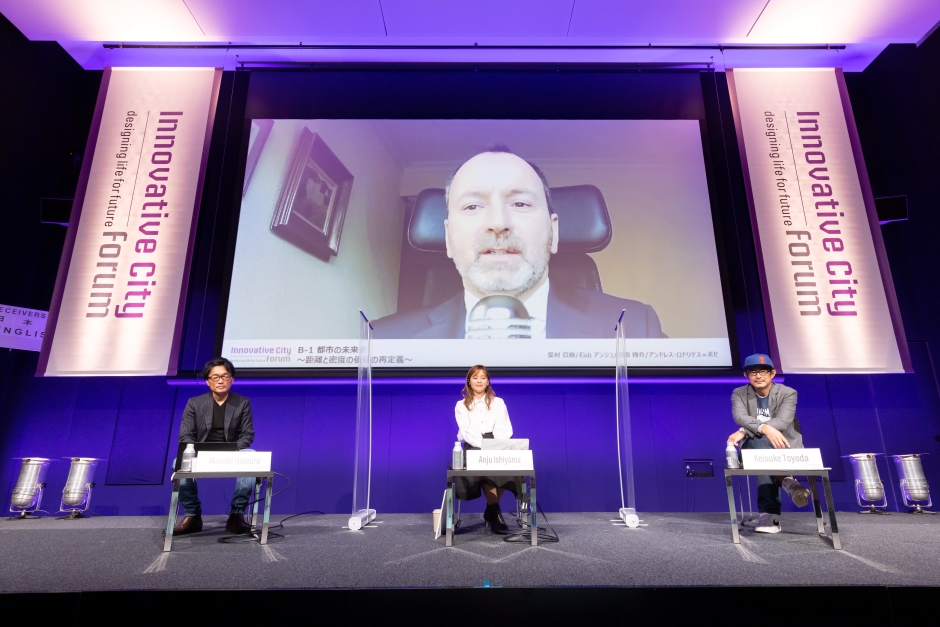
“Cities in a post-COVID world”
Prof. Andrés Rodríguez-Pose
I believe that COVID-19 has been a game changer for cities. In the decades prior to the pandemic, the winners were the large cities where economic activity was concentrated. There was a major polarization between these cities and the surrounding medium-sized cities and rural areas. As a result, many regions and communities in developed countries such as the U.S. and Europe rebelled against the system that favored the big cities and anti-establishment political parties emerged.
In this context, the advent of COVID-19 was expected to lead to major changes. COVID-19 hit the big cities first and foremost, forcing them into lockdown. With the spread of remote work, it was assumed that many people would move to mid-sized cities and local areas, and that these areas would become the winners. Is that the case?
COVID-19 has brought about three significant forces of change. The first is a fear of socialisation, a fear instilled in many of us that if we gather with others we risk being infected with COVID-19. That has been exacerbated due to the long lockdown and periods of confinement at home. The second has been the change in the physical environment to maintain social distancing. The third, and I think most important, is that we experienced the sudden and forced overnight experience of lockdown, a change that was expected to take decades for us to adapt to.
With these changes, the pandemic has changed the way we work. We have gone overnight from working in an office to working remotely. Online shopping, although it already existed, has accelerated greatly since March 2020. Meetings have also gone online, and instead of gathering in central Tokyo, they are now held remotely. We should consider how this will affect the city.
In British cities since 2020, the dramatic increase in online shopping has caused or accelerated a phenomenon known as the retail apocalypse. Many of the retail outlets in the city center have closed their doors as a result of the pandemic and have not reopened. In addition, the number of workers has decreased from offices and only about a third to half have returned. Fewer shoppers are going to the city center, and demand for leisure activities, theaters, cinemas, restaurants, and sports have declined. Putting all this together, this creates pressures on cities to accelerate changes that were thought to take time, and that are changing, or will change, not only the relationship between the city and its surroundings, but also the internal composition of the city. The macro-geography of cities has changed, and so has the micro-geography.
What happens in terms of the macro geography of cities? There is a widespread belief that pandemics will cause economic activity to occur almost everywhere. The concentration of economic activity in Japan's major cities, such as Tokyo, Osaka, Kobe, and Nagoya, or in Paris, could be reversed, and people could decide to live and work in the Alps, unencumbered by the pressure to have an office in Paris or anywhere else in France.
Is this happening? We are coming out of pandemic restrictions in many parts of the world and we are seeing that this is not really the case. In fact, many of the cities like New York, that lost significant amounts of population to other areas, have witnessed this population return and seem to be booming. Some areas benefited from the initial outward movement from the big cities, but not many. Only a few small towns and rural areas have actually seen an influx of remote workers. The polarization that has existed since before the pandemic, between large cities and declining small towns and rural areas, continues.
On the other hand, what is more likely to happen, and what we are seeing, is the change at the micro geography level. A decrease in the use of offices and commercial facilities in the city center also means more supply of real estate. This may change the way real estate is used in the city center in the short term.
City centers are recovering, but at a slower pace. There may be a growing trend toward hybrid working, where people work two or three days a week, rather than 100%, in the office. That would mean less pressure on space and office use in the center and would perhaps maintain the medium-term downward trend in inner-city prices. That doesn't necessarily mean that it won't rebound, but it does mean that there is an opportunity for new ways of thinking and using the city center. It will take time for the city center to come back to where it was.
There is a lot of new thinking on this topic. New trends are emerging, such as the creation of new creative cities, new residential uses, attracting more of the creative class, or ideas like the open city. Professor Carlos Moreno's 15-minute city in Paris aims to make the city more leisurely, allowing citizens to access most of the services they need within 15 minutes.
What I want to highlight is that the micro geography in the short term is going to change. The balance between the city center and the inner and outer suburbs is going to be altered but that does not mean the death of the city center. The city center has had periods of crisis in the past and is likely to rebound. It would imply that cities should rethink how we see the city center and adopt different strategies. The cities that go and embrace the transformation, that adopt measures now and do not wait, are the ones that are probably going to be in a better situation to reinvent themselves and become more dynamic once again.
Discussion
Timeline of Visions of an Urban Future
Mr. Hamura
I have been thinking in a similar way to Mr. Pose. The role of the "city center" in the metropolitan areas will change. It will not so much be a place of business concentration, but rather a place of cultural capital, a space where people can create and nurture their culture, a place that exists as a public place for urban citizens. I envision that around this area there will be a residential area for the general public called the "New Edge City," and then a suburban "rural city" outside the metropolis.
Now that we have shared our vision of the future of cities, I would like to ask you approximately how many years do you think it will take to create such future cities?
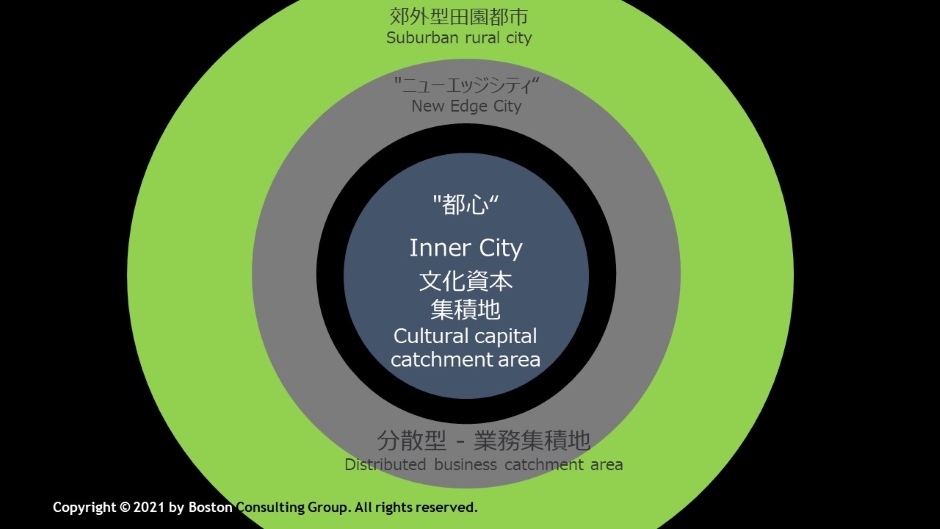
Dr. Rodriguez-Pose
It is already happening. Many cities are adopting measures. Some cities here in Europe are at the forefront of transformation. Paris is leading the way, and Milan, Frankfurt, Munich, and Copenhagen are already taking measures to change the nature of their cities. The concept of cultural capital of cities that Mr. Hamura mentioned has already been implemented. Cities that are more accessible and offer more open spaces to their citizens have already been realized. Those cities are those that are likely to take the initiative and profit from these new opportunities.
For example, as the demand for office and retail space decreases, there is an opportunity for newer, more dynamic, and more creative groups to come to the city center. These groups will be the ones to plant the seeds of future urban transformation and dynamism, as we have seen in the past. This provides an opportunity. The question now is when such a transformation will occur, which will depend largely on how fast the use of space changes and how fast urban decision-makers accept the changes and act appropriately and quickly. If we keep on having a city that is a city mainly for the cars, a city where people cannot meet, a city that still has a fear of contagion, we are going to end up with less risk-taking cities and therefore less to gain in the medium or long term.
Mr. Hamura
If we think about the time frame up to 2024, I think we will see such a movement in almost all cities. On the other hand, in the context of the "Harmonizing Commons" or the trend of people becoming "quantized," it may be different as to whether the truly creative class will gather in the city center. If we look ahead to the year 2040, what will happen to the functions and usage of cities?
Mr. Toyoda
In the case of a large-scale development like Roppongi Hills in the city, where the territory is clearly defined, it would be important not only to have the value of the floors there but also to develop the software services, not the hardware, so that the services provided there can be offered outside the immediate area. Such services do not have to be confined to a specific area, they can be provided in the local area. I believe that property developers might be forced to expand their service options beyond their own boundaries and become necessary platform providers for people's lives.
The concept of micro/macro geography that Mr. Pose mentioned is confined to the hard structure of the city. It will be important to find a way to tie in more intangible, microstructure networks in relation to the macro reference framework. I think the value for property developers will depend on whether they can provide hardware structures that make it easier to do this. I think that "macro" and "micro" are always in flux and must be invoked as needed.
Mr. Hamura
The "micro" and "macro" that Mr. Pose mentioned are within the original framework of urbanism, but I think that Mr. Toyoda is noting that the nature of the micro means it will fluctuate and be changed by the movement of each individual human being. I think there are people who are actually experiencing this kind of life. How about Ms. Ishiyama? I think you have the actual lived experience of these ideas.
Ms. Ishiyama
I think the situation will be quite different in 2040. It will ultimately come down to where people's emotions accumulate. It will be interesting to see how people will transform their sense of connection and enthusiasm and whether they will feel it in the metaverse or in the real world. I live in two places, Shibuya and Oita, and I feel more connected to people in Oita than in overcrowded Shibuya. Tokyo is more densely populated, so why don't we feel more connected? It will be interesting to see where the majority will be in 2040.
Mr. Toyoda
As information technology increases the amount of information that can be extracted from places and objects, there is a big difference in how the information is shared. It could form an extended experience, a broad experience that can be gained without going to the place, or an enhanced experience that is an amplification and could not be achieved by simply going to the location. In our daily lives and business, we need to sort out which we should choose each time.
Mr. Hamura
It is very important to know whether the digital experience is extended or enhanced. The structure of the visions of an urban future that I mentioned earlier is a dystopia. The rich live in the center, with all kinds of luxuries and famous hotels. The white-collar class lives in the New Edge City, but there is actually another belt in between where the essential workers who support rich’s lives in the center are based. Such essential workers may find it difficult neither to have a pleasant experience in the city center or to live in multiple locations in the suburbs or countryside.
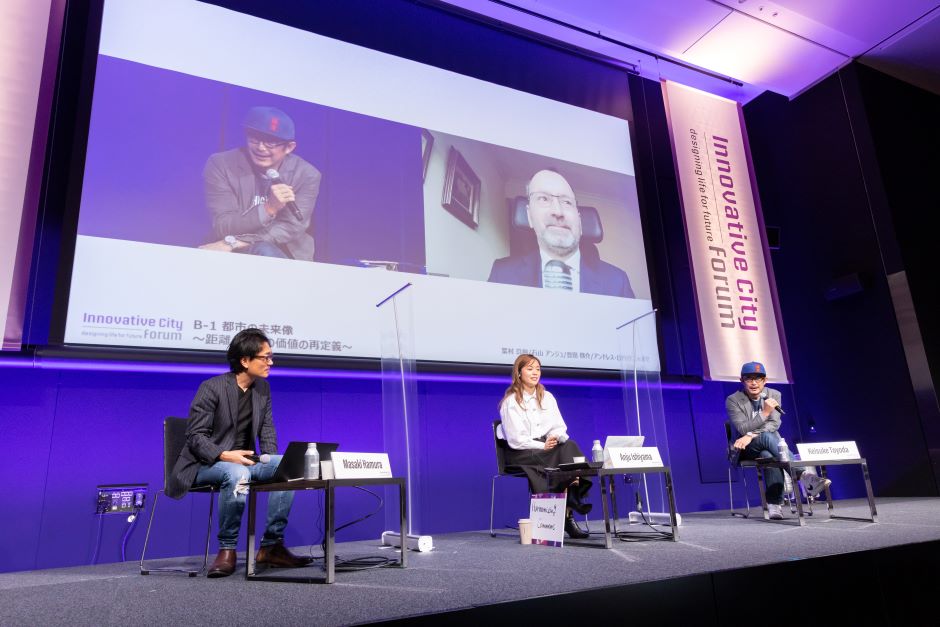
Urban Diversity and Community
Mr. Toyoda
In the New Town in Chiba, where I am from, a large number of people of the same social class moved in at one time and are now aging. In comparison to this lack of diversity, I think that in European and American cities, a certain amount of affordable housing for low-income people must be included by law in the re-development project of high-end areas. I think it varies from city to city, but I would like to ask Mr. Pose about the background of the construction and implementation of such a social mechanism.
Dr. Rodriguez-Pose
As you said, there is no one trend - it varies from city to city. In Stuttgart, Copenhagen, Sweden, many of the new developments are mixed-use or social housing. Even in the same district, the same building, and the same development, a mix of people and diversity is ensured. In the examples of London and Paris, where new developments are providing low-cost housing, the space is quite limited. Most of the situation is that first, the uptake is mainly by absentee owners or absentee landlords that have not been able to move in before because of the pandemic or mainly through speculation.
That creates an important problem where you have less mixed neighborhoods at the moment and the development of new buildings is mostly generating gentrification. It is not leading to any significant decline in house prices because the housing stock is being taken by relatively wealthy owners that may or may not be living in the new apartments that might become the second or third residents for them or maybe use just as an investment.
Mr. Toyoda
I think there is definitely still room for improvement in city legislation.
Mr. Hamura
As people tend to be physically stuck together with similar people, how can we intervene in terms of urban planning and ensure sustainable value will be a future issue?
Ms. Ishiyama
I rent a residential floor in a complex in Shibuya and live with an extended family community called Cift. Each family is interviewed and agrees to live together, raise children, and take care of their own needs. The social classes of the residents are varied, and there are people from all walks of life. Notably, people from high class households living on different floors may come into our shared floor and join the community. We have created a lifestyle that melts the fragmented social classes.
Mr. Hamura
It must be difficult for strangers to suddenly live together. How did you make it possible?
Ms. Ishiyama
I think the point is to share values. The key words "dialogue and self-transformation" are important to us. In family interviews, we look to see if they are willing to engage in dialogue first, regardless of their title or social class, and if they have the will to change.
Mr. Hamura
In my opinion, even though the social class was visible, it was difficult to see the awareness and values held by various people. However, with the rise of social networking services we were able to learn about the values of our colleagues that we didn’t previously know. COVID-19 has revealed that communities, including the physical parts that make up a city, are becoming more and more connected by values. In terms of myself, I have a presence that belongs to my company group, a presence as a university professor, and a presence that I am talking just like now. Things are becoming quantized and are being combined.
Mr. Toyoda
In the future, I think it will be important to have a sense of "collective self" and a sense of values that contribute to society, However, it is difficult to be altruistic about things that are not your own business. We are beginning to see systems where if we contribute to the community around us, we will receive some kind of benefit. I think it is important to experience the contribution to the collective self. When such a system is established in society, it should result in a flow of altruism. I think COVID-19 was the trigger for this.
Mr. Hamura
As we say, "One good turn deserves another". I believe that altruism is for the good of self.
Mr. Toyoda
I think it is key to implement the idea not in our consciousness, but through technology and institutions. Cift is one example.
Ms. Ishiyama
Digital technology has also a huge impact. I think that the world in 2040 will be quite seamless and everyone will have a sense of being "already connected.” I think this will be influenced by a society where the boundaries between "I" and "you" will melt away without us even knowing it.
Mr. Hamura
I would like to ask Mr. Pose, is there a movement in Europe or the U.S. to form communities based on individual values rather than social class and to create spaces where people can actually live together and share their values?
Dr. Rodriguez-Pose
I think they are absolutely necessary. One of the problems we have seen in cities, especially in recent decades has been of sorting; sorting of individuals according to class, race, and age. We end up with aging communities in certain parts of the city or in the suburb. Every research says this is bad condition and that diversity is good. When you bring people from different ethnic origins, social classes and ages together, it creates not just a more livable city, but more capacity for people that think and come from different backgrounds to come together and generate the seeds for greater social, cultural, and economic dynamism. It is something that needs to be done.
I want to highlight that there is a trend towards higher buildings and increasing density in the urban centers of major cities. I am not against more buildings or to the private sector doing mixed-use redevelopment. However, many of these schemes fall short of what has been decided. This is where the role of the public sector, municipalities and planners comes into play. Bolder actions are needed, such as establishing housing cooperatives and increasing the role of social housing, as has been done in Copenhagen, Stockholm and Gothenburg. If we do this, we will have truly mixed communities that will not only make our cities more economically dynamic, but also more livable and socially integrated.

Realizing the City 'As It Must Be'
Mr. Hamura
There are two aspects of a city, "how it will be" and "how it must be". Mr. Pose said that the role of the public sector is very important in the latter. The relationship with the density of the city remains important. On the other hand, if COVID-19 and digitization can bring about some changes in this area, it will make it easier even for the private sector to realize what the city must be like. I would like to ask Mr. Toyoda about this?
Mr. Toyoda
I often compare two different property developers; Mori Building and Tokyu Corporation. While Mori Building covers the central urban area, Tokyu has a hierarchy of urban, suburban, and resort areas, as well as multiple layers of distribution, human circulation, cable TV, and credit cards. This is a very strong asset. I feel that it will be very important to create an environment where electrons can exist anywhere, even in small places.
Currently, there seems to be no movement towards how to model the creation of such a base as a system, a theory, or a business. It is not enough for each sector to be confined in its own space; we need to transcend business categories. Tokyu has something close to that. Mori Building has the strength of a base in city center. If they think about how to decentralize it to the suburbs, this will expand the scope of what they can do.
Mr. Hamura
Lastly, I would like to ask Ms. Ishiyama how each of us, as citizens, can contribute to the "ideal city" in the context of the importance of the city remaining unchanged and density remaining important.
Ms. Ishiyama
I believe it is important to think about how we can have civic pride in Tokyo. As with the Mori Building, I think it is more important for companies and governments to support and help create an environment where citizens can have civic pride, rather than just providing high quality buildings and spaces.